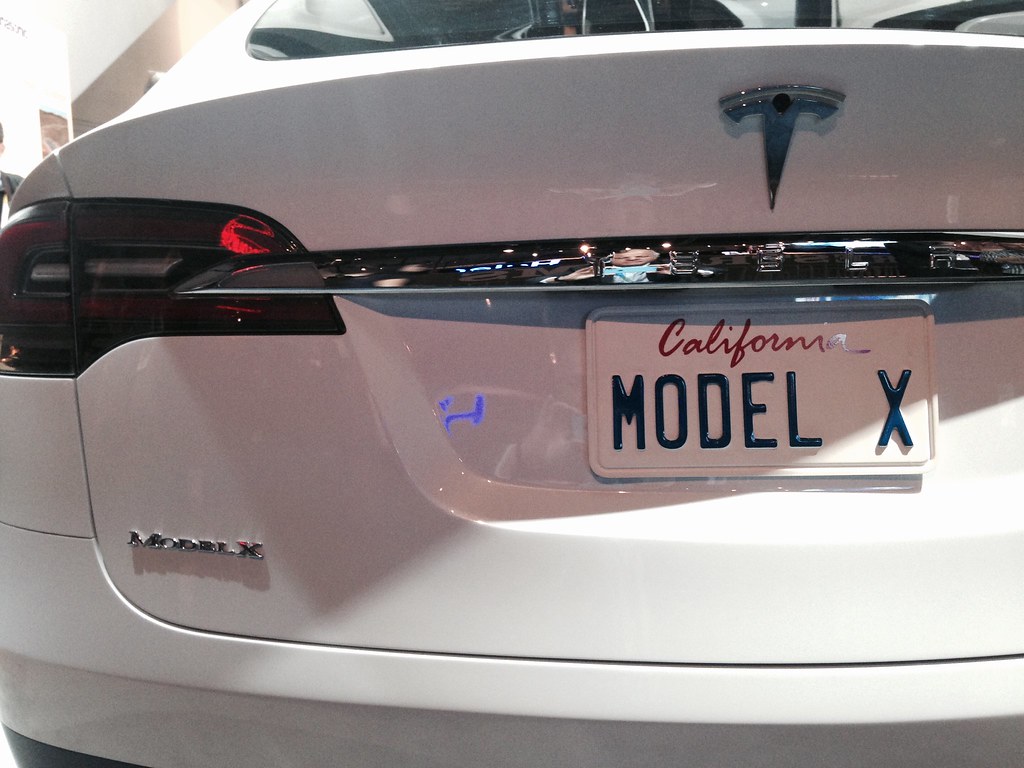Driverless cars, an idea that could one day be everywhere worldwide, just recently became a prevalent discussion. The way the cars work is complicated and so precise for them to function correctly. Many car companies use sensors mounted on the car to make detailed pictures of its surroundings. They need these for the car to know where it is, and where everything around it is, to prevent wrecks or high-stress situations. One of the most common sensors is a laser called Lidar, “a rotating laser, usually mounted on the roof, that continually scans the environment around the car.” (Gibbs) It sends out rapid pulses of non-visible light, measuring the time it takes to bounce off objects. “which uses 64 lasers, spinning at upwards of 900 rpm, to generate a point cloud that gives the car a 360-degree view.” (Vanderbilt) It then is processed in a computer, where the car decides if it should break or turn. Seeing how the making of these cars can be could make you question whether or not they’re a good idea.
The limitations and concerns can’t be overlooked though. One main concern is when a wreck happens, who is liable? “…insurers must decide who pays when an autonomous car inevitably has an accident.” (Gibbs) Is it the driver or is it the manufacturer of the vehicle? Insurance would be put in tough scenarios every time a crash happens if everyone were to own a driverless car. Another is troubles with the software, like bugs or viruses causing systems to malfunction. This is a big concern because you never know when a bug could catch onto your computers so a malfunction could happen at any moment. It is also scary to think that someone could find a way to hack your car’s computer systems. “As cars become more hi-tech they become more vulnerable to hacking.” (Solon) Experienced hackers can find ways into the car’s databases and disrupt the signals, possibly causing a wreck. But even with these concerns, there are self-driving cars out right now. Tesla Model S has a feature called “Autopilot” that offers lane assist and adaptive cruise control. In my opinion, I still think these may not be the best idea because of all the risk factors.
Driverless cars will become something of the near future, considering they are already more than halfway there. Manufacturers and engineers are getting closer and closer to fixing the concerns and limitations that people have with these cars. Even if in a few years they have everything perfected, I will not be following the trend of driverless cars. I trust myself a lot more than I trust the computers, even though mostly everyone around me could own one soon, I’ll stick with my car. I think that without many driverless cars on the road, everything would be easier to manage, especially for insurance purposes. The only upsides I see to these types of cars are getting people who haven’t been taught how to drive, and elder people out from behind the wheel. But I still think there are solutions to those issues that don’t involve having driverless cars.
“Tesla Model X rear view” by Don McCullough is licensed under CC BY 2.0.












